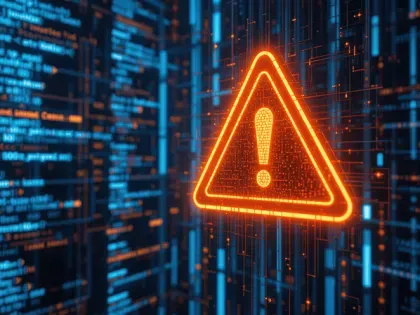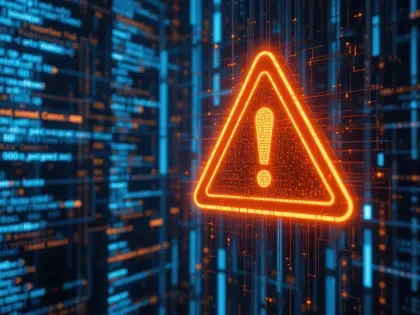View our guide, 'Cybersecurity 101: Security Ratings Explained' to learn all about security ratings.
Get Ready For Ransomware Season

As retailers and consumers across the country begin gearing up for the 2019 holiday shopping season, hackers are also preparing for the days between Thanksgiving and Christmas. And all signs point to ransomware as their preferred method of attack.
Research from last holiday season indicates that there were 28 times more ransomware attacks on Black Friday 2018 than during the same period in 2017. Earlier this month, the FBI issued a warning that ransomware attacks are likely to increase over the next few months. Beazley also recently reported a 37% increase in the number of ransomware events targeting IT vendors and their small business clients in just the third quarter of 2019 alone.
The Increasing Costs of Ransomware
Ransomware is popular for many reasons, primary among them is that many businesses have a tendency to pay up. The average ransomware payment in the second quarter of 2019 ballooned to more than $36,000.
Yet, as The Wall Street Journal reports, organizations faced with the prospect of ransomware attacks find themselves in a quandary. Yes, paying the ransom can get systems back online, but at what price? Attackers can be further emboldened, and there’s no guarantee that a company’s data is secure. Even if data is safely returned, how do organizations know what information bad actors have siphoned off?
There are also a number of ancillary costs to consider, including the money required to rebuild systems, lost productivity, payments to cyber insurers and consultants, and the reputational price to be paid. The latter can be particularly worrisome during the holiday season, when retailers rely on consumer trust to meet sales goals.
A Single Attack Can Keep a Business Out of the “Black”
An attack could significantly damage a company’s hope to remain “in the black” from Black Friday and beyond. By the time the attack hits, it’s too late to do anything but pick up the pieces, learn from the incident, and move on.
This means taking action now. The aforementioned FBI report advocates for a more proactive approach to security performance management. “The time to invest in backups and cyberdefenses is before an attacker strikes,” stated the agency.

Thus, as retailers plan their sales and store displays, they should also be taking steps to protect their data and networks during the busiest time of the year.
Understanding How Attackers Exploit Vulnerabilities
A good first step is understanding the strategies and tactics that attackers are using to exploit vulnerabilities. Phishing continues to be a primary attack method, with nearly 130 million phishing attacks in the second quarter of 2019 alone. But other social engineering approaches are gaining steam and helping attackers infect systems with ransomware viruses.
Third-party suppliers are also an attractive point of entry. Many third parties are considered soft targets because organizations struggle to manage cyber risk in their supply chains. Indeed, a majority of data breaches begin with third parties. When an attacker manages to infiltrate a partner, it effectively provides them with an open pipe into a company’s network. Just ask Target, whose costly data breach was the result of hackers stealing credentials from a third-party vendor.
Assessing a business’s own internal posture, as well as that of its vendors, is critical. Cybersecurity ratings can provide organizations with an easy-to-understand perspective on where they stand with regards to vulnerabilities, both within their own ecosystem and with third- and even fourth-parties. With that knowledge in-hand they can take steps toward addressing potential risk before attackers have the opportunity to exploit their systems this holiday shopping season.
Why Wait for a Ransomware Attack?
Of course, retailers aren’t the only ones susceptible to attacks. As we’ve written about before, the financial services and healthcare industries are also particularly vulnerable, as is the manufacturing sector.
And while businesses in each of these industries will never be able to completely prevent cyber attacks, there’s a great deal they can do to reduce their risk for ransomware threats. As the FBI statement indicates, the warning lights are flashing. Companies that haven’t already started preparing should do so today.


